My last post was very focused on the historical elements of Pembrey country park so in this one I thought I’d take a closer look at the wildlife to be found there instead. We’d actually started our walk that day a couple of miles further down the coast at the old Pembrey harbour, a title that for those not in the know seems slightly strange given the complete lack of water behind its protective walls. The cause of this oddity is silting on a massive scale, a problem that caused the abandonment of the harbour only a few years after its construction to be replaced at a more suitable location just up the coast. Stretching from the old harbour (seen below in the far distance) up to the country park is a huge area of tidal salt marsh know as Pembrey Saltings which appear almost dry at low tide but can fill up surprisingly quickly.

Last year this was the first location I spotted singing Skylarks come the spring, a title that can again be awarded in 2012 although technically I have already heard but not seen one at Kenfig. Given the low tide wading species were at a premium but singles of Curlew, Redshank and Little Egret were all seen. In the same area a pair of Cormorants were making the most of two areas of water that had presumably been cut off by the retreating tide, trapping fish within. I don’t think I’ve ever seen a Cormorant dive so often in such a short space of time! A small flock of Reed Buntings were also a nice find and a species that seems to be a regular in the scrub that borders the footpath, as was a hunting Kestrel.
In Pembrey proper we were treated to a Sparrowhawk making a half hearted attack on a flock of Starlings right in front of us, our second Sprawk of the day following one along Llanelli’s waterfront earlier in the morning. The quality birds continued to flow as we exited one of the WW2 bunkers to a loud and persistent call that we couldn’t quite place. After a few minutes of searching for the culprit two Goldcrest erupted from the undergrowth to solve the mystery. I’ve never knowingly heard a Goldcrest in full song before so that was a real treat.
By now the glorious blue sky and sunshine were unfortunately a thing of the past. A deceptively strong wind had quickly blown in a weather front and with it grey clouds and the occasional heavy rain shower. As the weather showed no signs of improving we cut across the dunes and emerged onto the huge expanse of Cefn Sidan beach. An old shipwreck further to the west looked very tempting but the sky looked even more menacing so we started to head back.
Sanderling were present in good numbers playing their never ending game of dare with the breaking waves, but it was what was washed up on the beach that really caught my eye. Hundreds and hundreds of Sea Urchin skeletons littered the most recent hight tide line for as far as the eye could see. I’m used to seeing these only very occasional so to find so many and in such perfect condition was a real surprise. I attempted to photograph a few but the weather had again broken and the side of me facing into the wind was getting increasingly wet.
After a brisk walk we found ourselves back at the car in conditions that almost exactly matched those at the beginning of this post. The weather system had completely passed through and we were treated to a glorious evening. You’ve got to love the British weather.
We have also been very fortunate in the last couple of weeks to find good solid evidence for Badgers in an area not too far away from our home. While walking through the woods there we spotted in several places these five parallel lines with each indent having a roughly square profile and the whole lot not
measuring more than a finger length across.
My initial thoughts were that they could have been made by a dog but the profile and claw size looked to be all wrong. That only left us with the possibility of Badger, my favourite mammal and an animal I’ve only been lucky enough to glimpse on one previous occasion. I realised we weren’t likely to see one in the flesh but we set out to see if we could find any further evidence to support our identification. It didn’t take long before we had spotted a clump of coarse black and white hairs caught on a bramble, each measuring almost twenty centimetres in length. From that point on the various tracks through the forest were lined with shallow holes where Badgers had been digging as well as regular tunnels through the undergrowth that looked to be distinctly Badger shaped. In one particular clearing we really hit the jackpot though with an old rotten log that had clearly been torn apart, presumably in an effort to gain access to any insects hidden inside. On closer examination those same claw marks could again be seen on the wood.
A couple of metres away from the log stood a tree that had been stripped of its lower bark. At the time I wasn’t aware that Badger’s are also responsible for this sort of activity so unfortunately I didn’t take a photograph, but together with the other signs I am in no doubt that we had stumbled upon an area of intense activity. For obvious reasons I will be keeping the location a secret but it’s great to be able to add another set to the list of ones I’m already aware of.
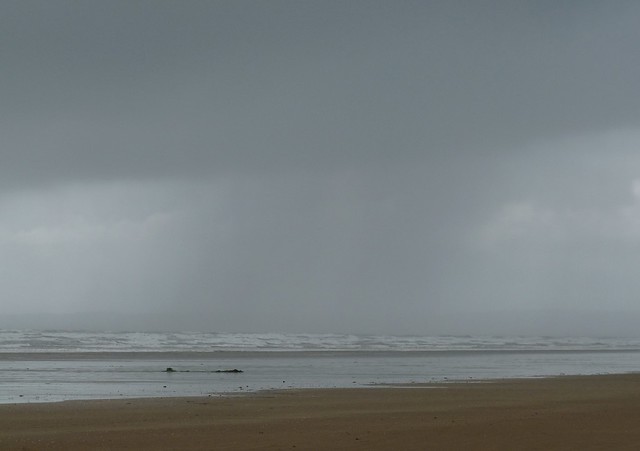
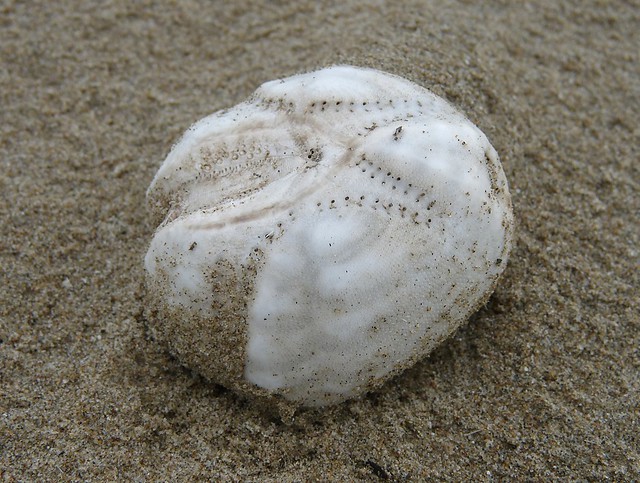
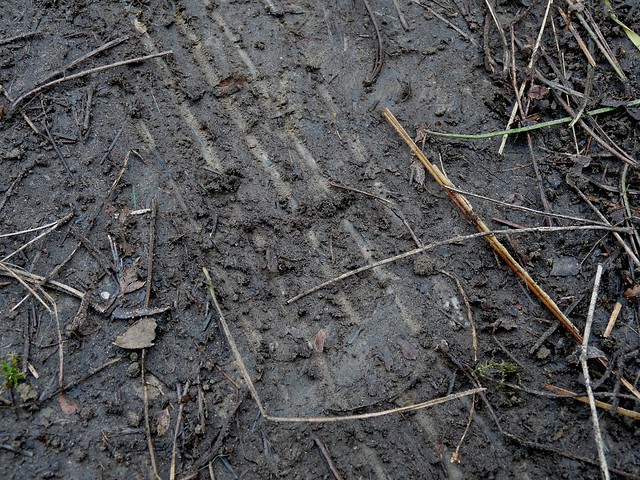
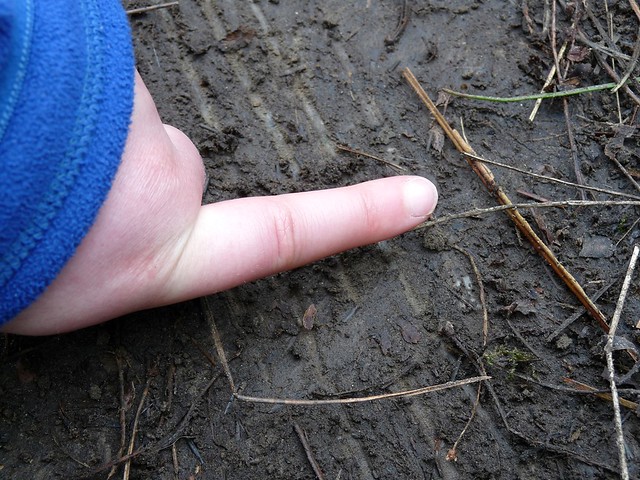

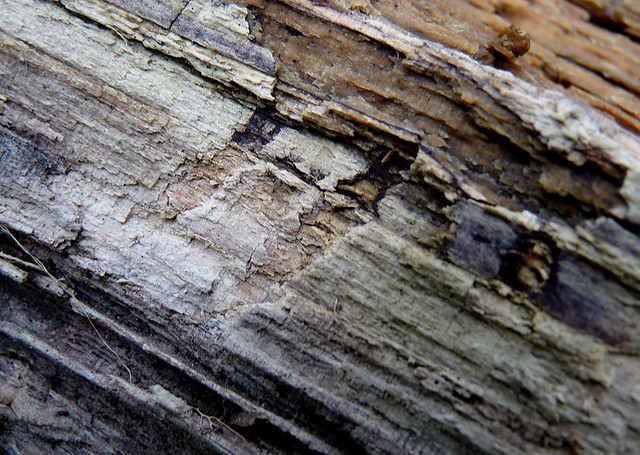



5 Comments
Unknown · March 8, 2012 at 10:24 pm
I like you tracking techniques. It looks badger-esque to my untrained eye. We have plenty in the woodland but I only see them fleetingly when in the car or when walking in the wood when they have their young in the summer evenings.
TexWisGirl · March 8, 2012 at 10:39 pm
that is some badger track/scrape! yikes!
Caroline Gill · March 9, 2012 at 9:55 am
I used to find Sea Urchin spines in the sand on Cornish beaches in The Lizard area. I don't think I had ever encountered Sea Urchin cases like the one in your photo until we came across quite a large tract on a beach last summer in the Applecross peninsula, opposite Skye. I'm wondering if you have ever seen these in Scotland?
Bob Bushell · March 9, 2012 at 11:25 am
The badger tracks are truly alive, great photos.
Adam Tilt · March 22, 2012 at 9:53 pm
Glad you enjoyed my tracking skills.
I haven't seen any urchins up in Scotland as of yet Caroline but I shall be keeping an eye open for them on our next trip up.